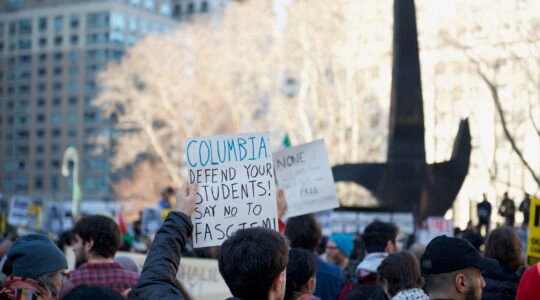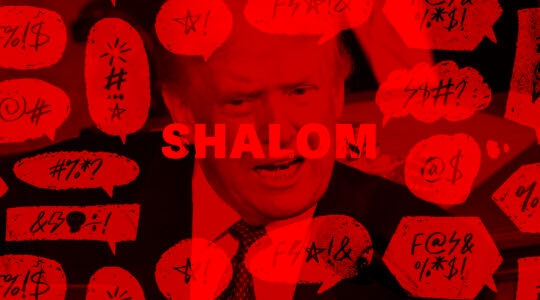Zoom funerals, once unthinkable, have in just over three months developed their own rituals and customs. Mourners log onto the video site. A rabbi or other officiant welcomes the assembled with gentle reminders to put themselves on mute. Close relatives pop up on the “speaker’s view” screen and offer eulogies. Attendees type memories and condolences in the chat feature. The service concludes with the sad reminder that the burial and even shiva will be private, and an invitation for guests to take themselves off of mute and share words with close friends and family.
The Zoom funeral may be the most dramatic example of the unprecedented adaptations to the reality of social distancing. Teachers are discovering, and sometimes lamenting, the skills needed to orchestrate learning from afar. Organizations are trying to raise funds and maintain momentum when their employees — the ones who haven’t been furloughed — are working from home.
Outside of wartime it is hard to recall another moment when Jewish communal life changed so abruptly and adapted so quickly and creatively to unforeseen events.
In one of the most dramatic of these changes, the Conservative movement gave the green light for its rabbis to hold Shabbat and High Holy Day services on Zoom and other video applications. The centrist movement weighed halacha, or Jewish law, against the social and emotional pressures of forcing observant Jews to spend these holy days in isolation. Balancing good against good, their rabbis allowed an emergency accommodation to a once unimaginable circumstance.
The lockdowns have also inspired the kinds of creativity that won’t be forgotten — or abandoned — even after the crisis passes. Every Jewish group, from the tiniest synagogue to the largest organization, is drawing big crowds with live, online content produced fairly cheaply and distributed for free. One outstanding example is The Great Big Jewish Food Fest, held May 19-28, which featured lectures and workshops from celebrity chefs as well as shared dinners and happy hours. Everything took place on Zoom, Instagram and Facebook. There was even fundraising, for a restaurant workers’ relief fund, the Joint Distribution Committee, Mazon and Repair the World. With over two dozen partner foundations and organizations, including UJA-Federation of New York, the fest showed how a diverse community can cooperate on programming that is global, upbeat, educational and deeply affirming of Jewish values.
Jews, it seems, crave these connections, in-person or virtually. The Pew Research Center recently found that among 12 religious groups, Jewish Americans were among the most likely to say their lives changed significantly under lockdown — and were most likely to use, and depend, on email or messaging services regularly during the pandemic. Samuel J. Abrams, a visiting scholar at the American Enterprise Institute who analyzed the data for the Forward, said the findings make clear that “the community’s desire to remain connected — albeit virtually — is unmistakable.”
Despite politicized calls to end the lockdowns, virtual connections will be necessary for the foreseeable future. When the crisis passes, we may rush to get back together, but with the knowledge of how well we can function when we are apart.
The New York Jewish Week brings you the stories behind the headlines, keeping you connected to Jewish life in New York. Help sustain the reporting you trust by donating today.




